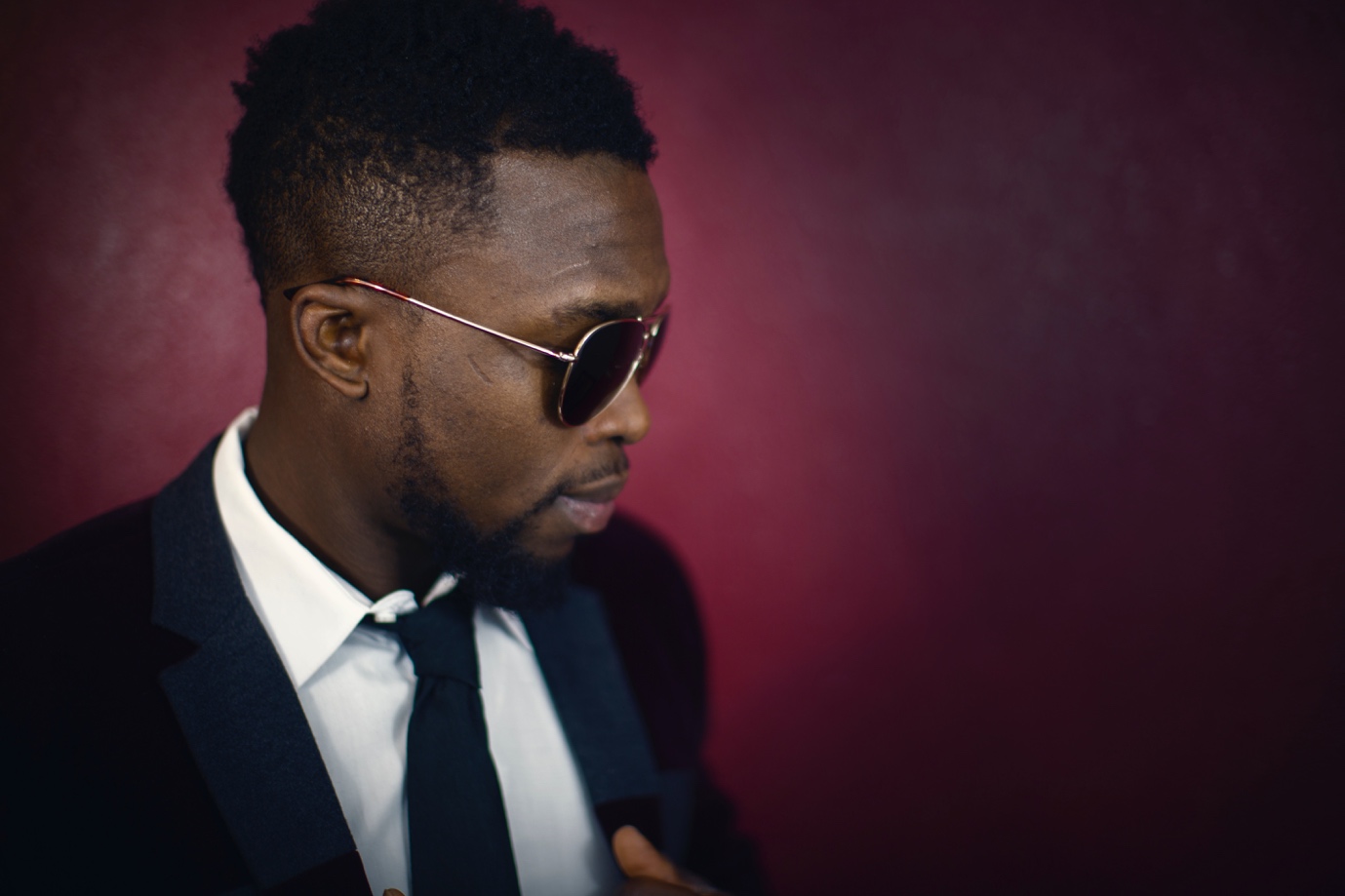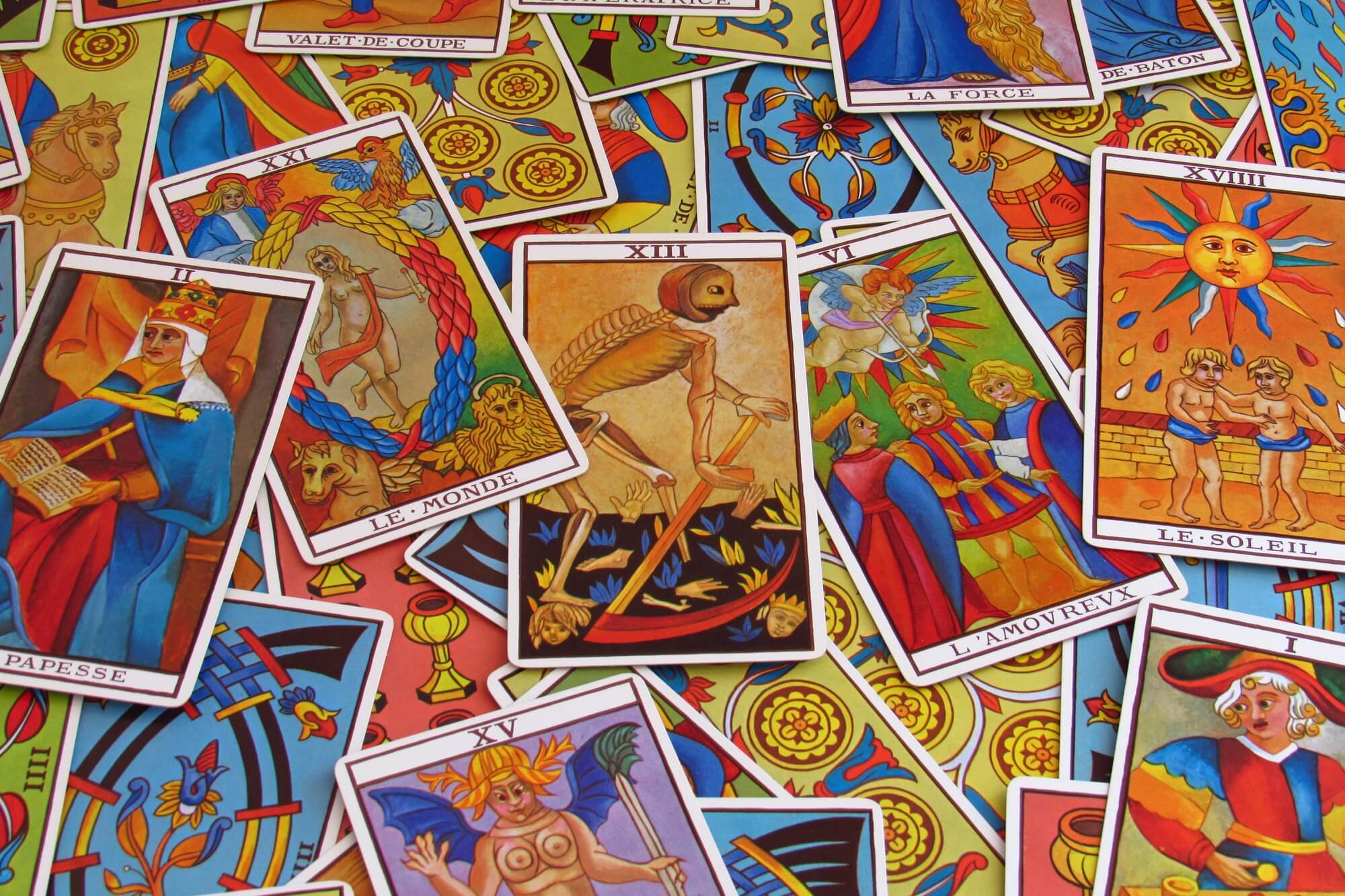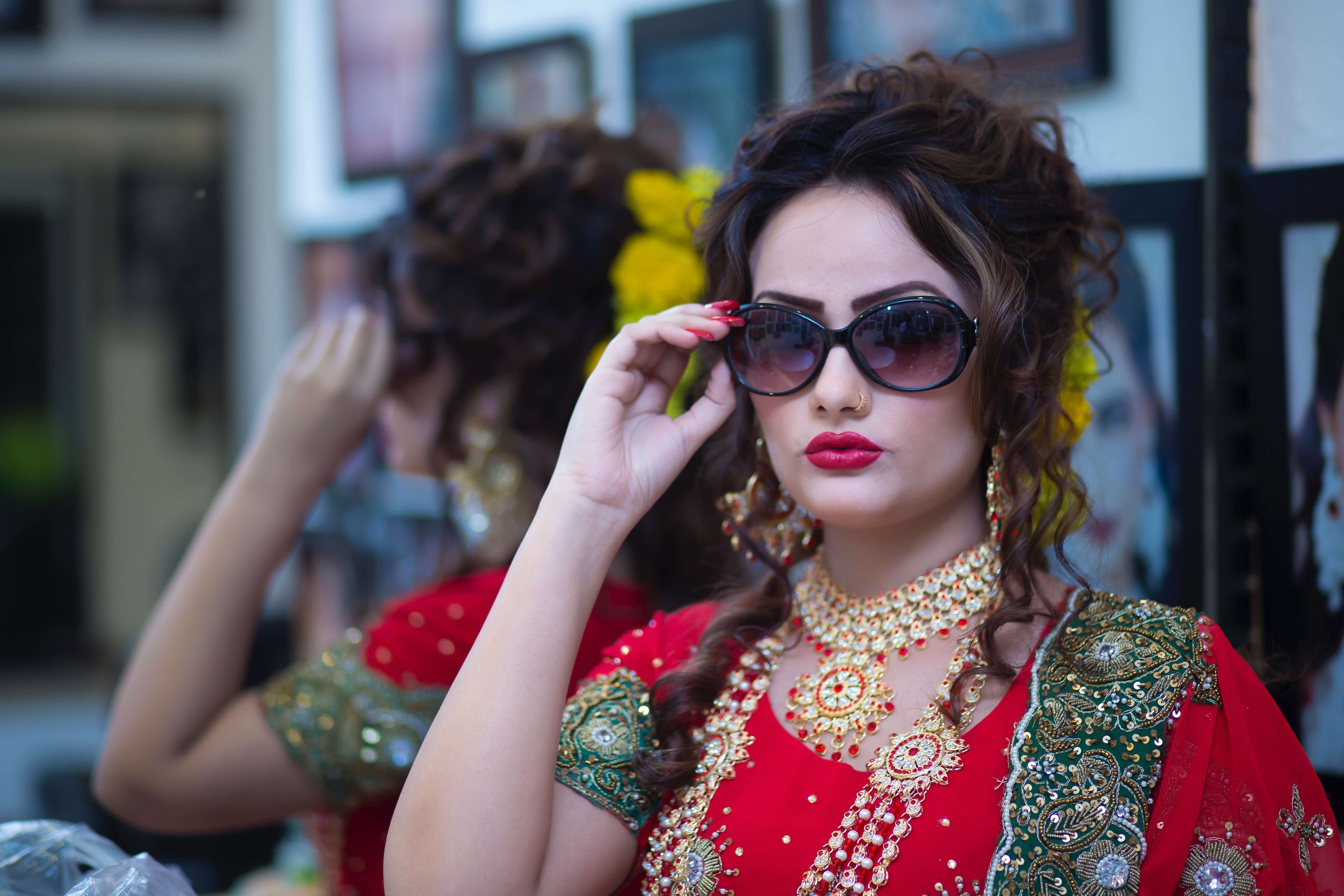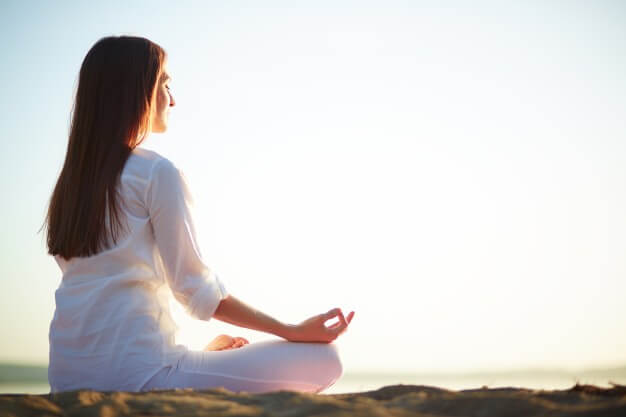If we were back in the Nineteenth Century, Mrs. Elenora Symth, wife of the late General Symth, would have written a slim calf-bound volume detailing the etiquette of wearing sunglasses at weddings and the matter would be settled. Instead, we’re stuck with the babble of voices that it is the internet, a place where you can find justification for just about any sort of behaviour.
Sunglasses are the greatest of all accessories and weddings are about dressing up, plus, if you’re outside in midday Florida sunshine, you’re going to need them. The trick is, you move them to the top of your head or hang them in the middle of your shirt (for that casual but chic look) when you’re talking to people, that way you’ve got all the fun of putting them back on to look forward to.
Is it ok for the bride and groom to wear sunglasses? Well, if it’s your wedding then I suppose you can do as you like but it would kind of detract from the intimacy of the moment if bride and groom were uttering their vows without that magical moment of eye contact for all to see. So, as Mrs. Smyth might have said ‘Always be aware of the proximity of others, to be observed from afar wearing sunglasses is entirely acceptable but to wear them in an interlocutory situation is decidedly infra dig’.
Taylor Morris Zero:
There’s no denying that these babies are designed to impress. Mazzucchelli handmade tortoiseshell frames with injected blue flecks and 18k antique blackened gold metalwork and titanium nose pads and let’s not forget, retro round, flat mirror lenses. These are definitely best worn by a bold figure, such as the father of the groom/bride or the best man.
Ray-Ban Wayfarer:
The ultimate in stylish understatement and the perfect compliment to a black suit. Super cool without being shouty, who could possibly object to you wearing your Ray-Bans to a summer wedding, just take them off for the photos, that’s all. Like most of Ray-Ban’s classics, Wayfarer frames can also come with prescription lenses if you need them.
Shwood Prescott:
Constructed using 13ply hardwood these sunglasses are a great conversation starter, which is just what you want at a wedding. They are different, and they are fun, qualities which make them a great choice for wedding wear. They’re also made from sustainably harvested wood so you can give yourself some environmental brownie points too.
RaenVarlin:
Best worn with a light colored suit, RaenVarlin sunglasses will give you that ‘sophisticated and I know it’ look, whichever color lenses you go for.The unique but simple shape provides protection from the sun in the most stylish way.
Burberry Round Frame Sunglasses:
These round frame sunglasses are simple and minimal, perfect for those who want their clothes to be the centre of attention rather than their glasses. Rubberized metal frames and scratch-resistant lenses, you can comfortably put these in the pocket of your pants without worrying about them getting damaged by your keys or snapping if you sit down
Read Also:























